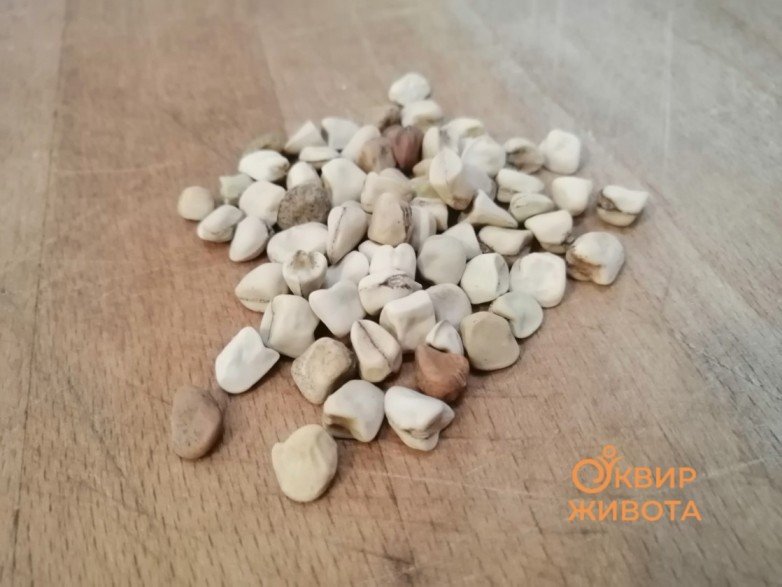Every month we will introduce to our followers one neglected species or variety which should be known more due to its extraordinary traits! This month we introduce to you grass pea! If there were rewards for the most beautiful crop flower, grass pea would be a winner! This legume was grown 12,000 years ago and it is one of the first cultivated plants. Some data implicate that it was cultivated in the Balkans, but possible centers of cultivation are also Turkey and Iraq. In Serbia, seeds from Bronze and Iron Age were found. The grass pea plant is capable of fixing atmospheric nitrogen. It is an annual herbaceous plant, with vegetation period 80-110 days. Tolerates drought very well, whihc is important trait in the context of climate change. It is full of protein, but the seeds contain strong neurotoxins – oxalyldiaminopropionic acid (ODAP). This neurotoxin acts on the spinal cord; destroys nerve fibers in humans and domestic animals. If the seeds of grass pea make up more than one third of the meal, regular consumption leads to chronic poisoning of people called latirism. In addition to grass pea, latirism can be caused by other plants from the genus Lathyrus and Vicia. Mortality due to poisoning is about 30%. Therefore, grass pea should not participate in the diet more than 5%. Latirism was also known in the old world, which is indicated by the statements of Hippocrates about this disease from 46 B.C. However, the good news is that the neurotoxins can be largely expelled from the seeds – cooking the seeds for up to an hour can remove 70% of the toxins. Also, breeders are selecting varietis with less ODAP in seeds. In the Balkans, the most famous place for its growing is in Bosnia and Herzegovina, near town Trebinje.

